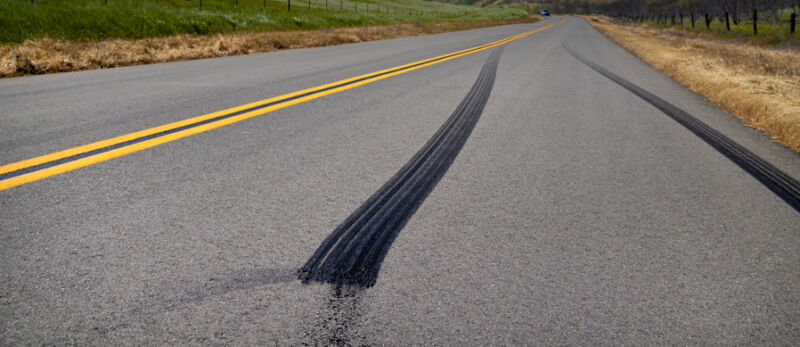Want to save rivers and coasts? Don’t burn rubber

Enlarge (credit: Thomas Winz)
Throughout the lifetime of an average tire, 30 percent of it gets eroded away as cars zip around on city streets and brake for little old ladies. But the leftover particles don't remain as streaks on a road. One study found that 1.5 million metric tons of this tire debris end up flowing out into the environment as microplastics or their diminutive cousins, nanoplastics.
Some of these tiny bits of tire-made up of synthetic rubber, oils, filling agents, etc.-end up in rivers and estuaries. And according to two new research papers, these bits can wreak havoc among the fish and invertebrates living in those bodies of water. According to Susanne M. Brander, an assistant professor at Oregon State University's Fisheries, Wildlife, and Conservation Sciences Department, much of the current research on microplastics interacting with wildlife deals with the particles that come from a few different types of commercial plastics. Further, this field focuses more on microplastics-defined as anything under 5 millimeters-but much less is known about nanoplastics," she told Ars.
The researchers found that the presence of microplastics, nanoplastics, and the accompanying leachate-the chemicals released from them-hindered aquatic species' ability to grow and impacted their swimming behavior, potentially making them more susceptible to predation.
Read 10 remaining paragraphs | Comments